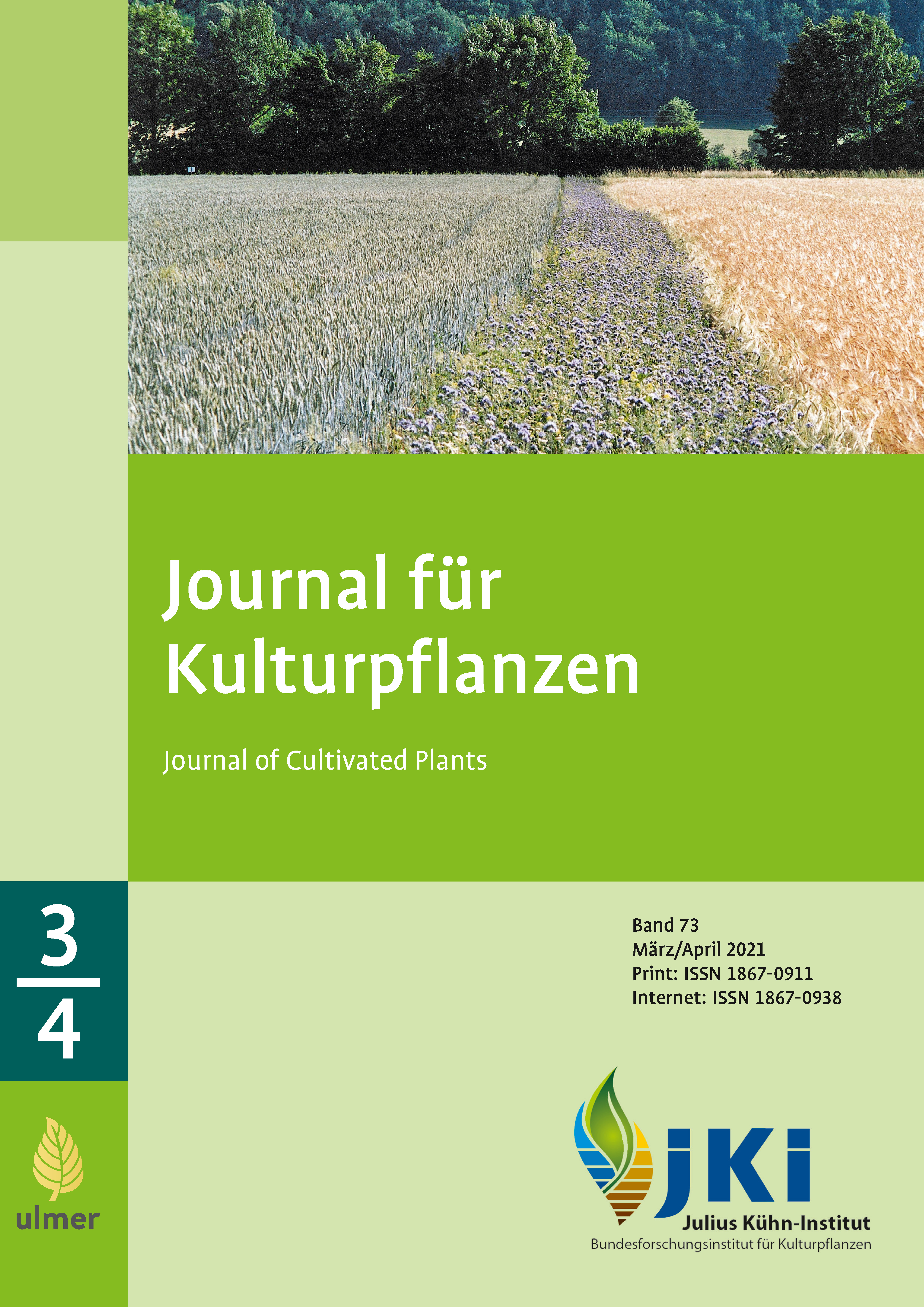Lime application reduces potassium and nitrate leaching on sandy soils
DOI:
https://doi.org/10.5073/JfK.2021.03-04.03Keywords:
K fertilizer, K leaching, Lime, Nitrate, Soil pHAbstract
Potassium (K) leaching is common in light-textured soils and reduces soil available K to plants. This study examined the effect of lime application and K rates (nil, 20, 60 kg K/ha) on K leaching and other leachate parameters of four sandy soils in Western Australia. Three out of four soils did not differ in K leaching between the rates of nil and 20 kg K/ha, whereas 60 kg K/ha increased K leaching in all four soils. For the Merredin soils, lime application markedly delayed K leaching at 60 kg K/ha, showing K leaching peak at 4.75 pore volume (PV) in the limed soil (pHCaCl2: 6.20) but at 3 PV in the non-limed soil (pHCaCl2: 4.50), and liming also reduced total amount of leached K and NO3. Similarly, the peak of K leaching occurred at 2–3 PV in the other two non-limed soils. Maximum leachate NO3 concentrations at 60 kg K/ha were 46 mg/L at 2 PV with lime versus 110 mg/L at 1.25 PV without lime, while the amount of leached NO3 from nil K soils was greater than from the K treated soils. The results suggest that liming of an acid sand can slow down and reduce K and NO3 leaching and have significant implication for K-fertilizer management on such soils.
Published
Issue
Section
License
Copyright (c) 2021 The author(s)

This work is licensed under a Creative Commons Attribution 4.0 International License.
The content of the journal is licensed under the Creative Commons Attribution 4.0 License. Any user is free to share and adapt (remix, transform, build upon) the content as long as the original publication is attributed (authors, title, year, journal, issue, pages).
The copyright of the published work remains with the authors. The authors grant the Journal of Cultivated Plants, the Julius Kühn-Institut and the OpenAgrar repository the non-exclusive right to distribute and exploit the work.







